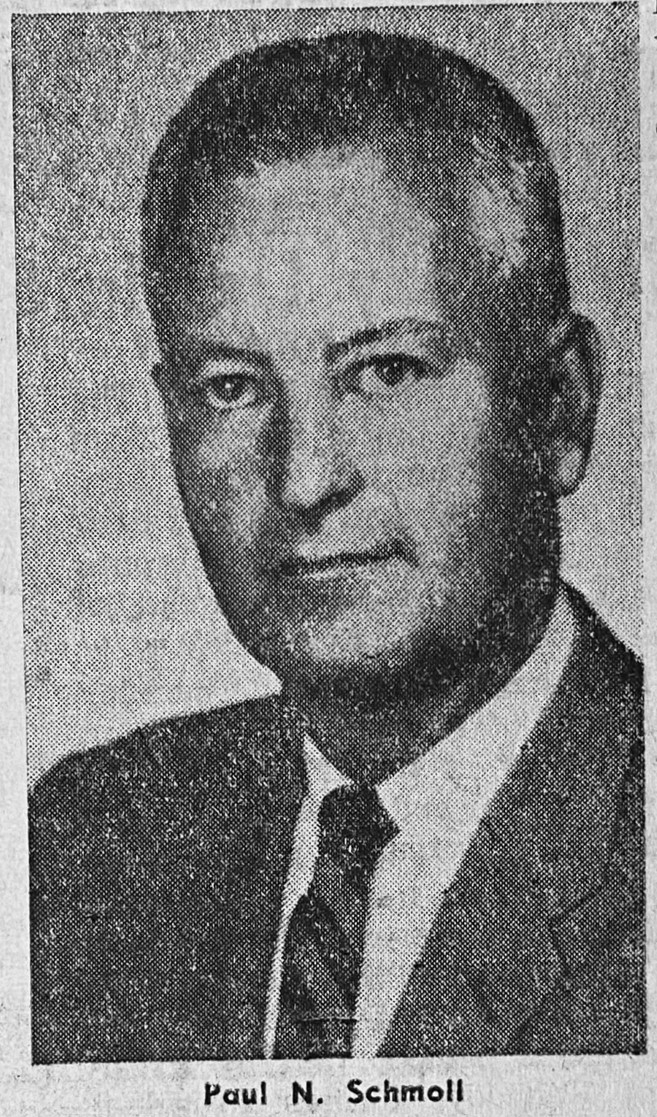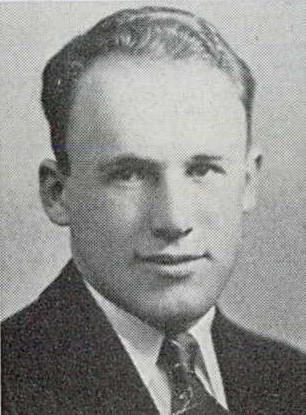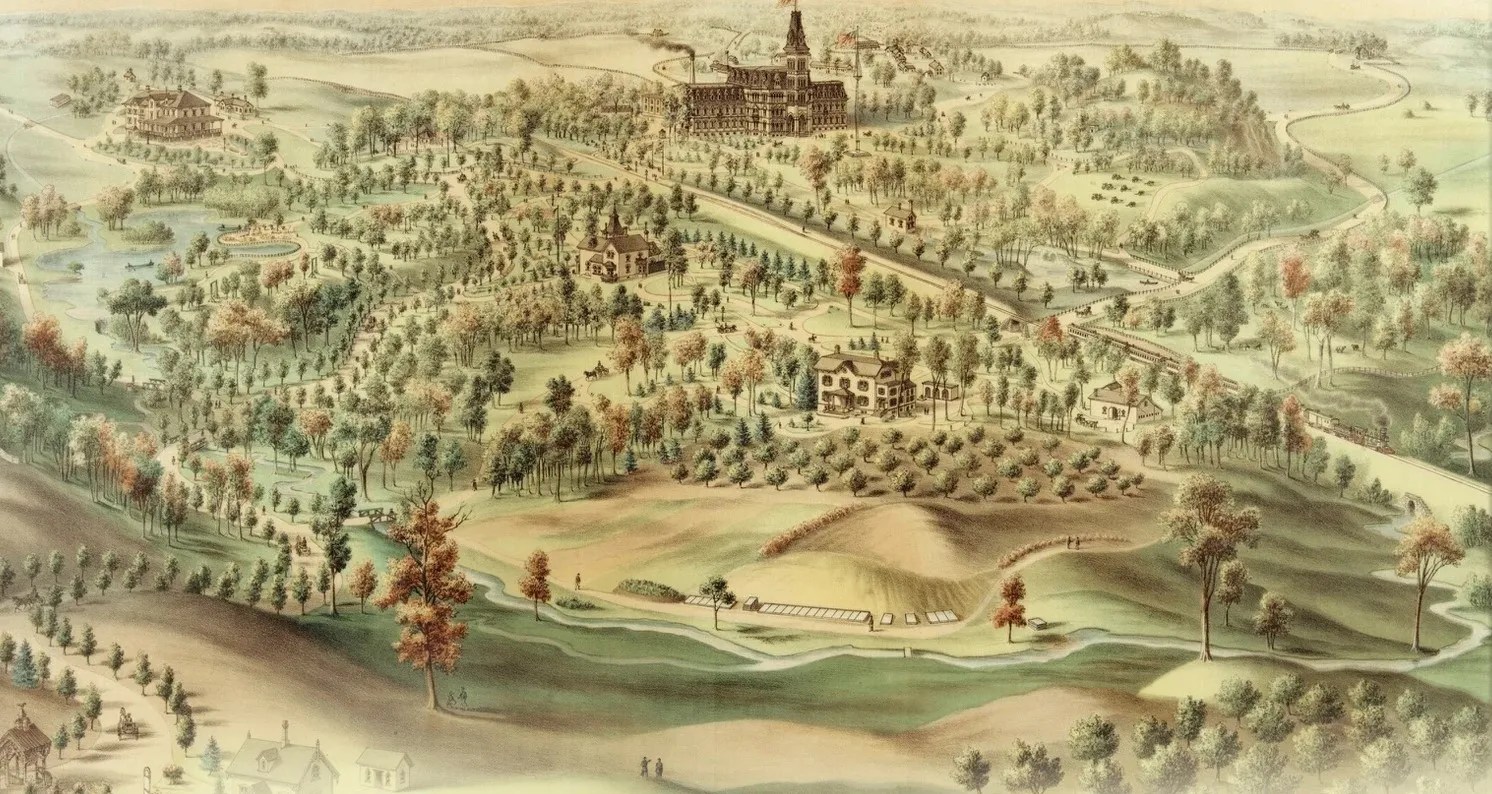Both returned to area after VA service
Leadership change is something that happens constantly, whether it’s due to promotion, health, or other circumstances. At the Department of Veterans Affairs’ Northern Arizona Medical Center (formally known as Whipple VA Hospital) in Prescott, Arizona, directors have stayed in their position on average, three to five years. The shortest stint was 22 months, the longest was 16 years and two months. Most former directors moved on and retired elsewhere. However, two former directors, Paul N. Schmoll and Virgil I. McIntyre, either returned to or stayed in Prescott following their retirement. Both men are laid to rest at local cemeteries in the Prescott, Arizona area.
Paul Norman Schmoll was born on June 19, 1917 in Dodge, North Dakota to Paul Bejimin and Vera (Gates) Schmoll.[1]
In 1938, Paul graduated from the University of North Dakota with a business administration degree. Later, the Schmoll family moved to Minneapolis, Minnesota. Paul worked as an agent for Minneapolis Mutual Life Insurance Company, and then as a budget analyst for Montgomery Ward.[2] It was in Minneapolis that Paul met his wife, Adelaine, a medical technician at the state hospital in Fergus Falls, Minnesota. [3]
During World War II, he served in the U.S. Navy as a lieutenant junior grade and was stationed in the Pacific.
In 1946, after returning to Minneapolis at war’s end, Paul and his wife and their children (Steven, Barbara, and Jaquelin) moved to Fargo, North Dakota. It was at the Fargo VA Center where Paul’s career began with the Veterans Administration (VA). His first position was a registration officer and, by 1955, he had been promoted to assistant manager.
The October 11, 1957 edition of the Prescott Evening Courier reported that Paul N. Schmoll, assistant manager at the VA Center in Fargo, North Dakota, had been appointed director of the Whipple VA Center in Prescott, Arizona. [4] Schmoll replaced Dr. Thomas O. Lake, who retired in August. Schmoll was the eighth director appointed at the Whipple VA Center in Prescott, Arizona. Besides managing hospital operations, the director’s community involvement included being president of the Northern Arizona Hospital Council, trustee-elect of the Arizona Hospital Association, vice president of the Prescott Rotary Club, and director of the Prescott Chamber of Commerce.
During Schmoll’s tenure at the Whipple VA Center, the hospital began treating nonveteran patients as part of a precedent-shattering program through the U.S. Public Health Service. The program authorized Whipple VA to accept public health patients, but only if the hospital had vacant beds and there were no eligible veterans waiting admission. Schmoll noted the program would assist in the treatment and rehabilitation of Native Americans afflicted with tuberculosis.
In November 1961, Paul Schmoll and his family moved to Washington, D.C. where he was promoted and named executive assistant of another VA program. During his time in D.C., he continued his education and received a master’s degree from George Washington University in 1965. In January 1968, Schmoll returned to the southwest to become director at the VA Hospital in Albuquerque, New Mexico.[5]
In 1975, Paul retired and returned to Prescott with Adelaine. Still interested in hospital administration, Paul was a candidate for the Yavapai Community Hospital Board of Directors in 1976. He later withdrew, noting political concerns.[6]
On February 11, 1979, Paul passed away at the Whipple VA Hospital. His wife, Adelaine, passed away in 2005. They are laid to rest together at the Prescott National Cemetery.[7]
Virgil Ira McIntyre was born on January 20, 1911, in Jonesboro, Tennessee, to Charles B. and Maud (Miller) McIntyre.[8] Virgil was one of eight children in the family, growing up in Gypsum, Kansas. He attended Kansas Wesleyan University in Salina. He was a member of Pi Sigma Upsilon and played on the university’s football team.[9] While at Wesleyan, he met his wife, Lillian Reinhardt, who studied English literature. In 1932, Virgil received his degree in mathematics. After college he taught classes at Solomon High School in Solomon, Kansas. He was also involved in coaching high school athletes.[10]
In 1940, Virgil registered for the draft. During World War II, he served in the U.S. Navy from 1944 to 1946. As a lieutenant, he specialized in signal communications and was assigned sea duty in the Atlantic. He later became an educational services officer at the San Diego Naval Hospital.[11]

In 1946, McIntyre’s VA career started at the Wichita VA Center in Wichita, Kansas, where he was a personnel officer until 1953. After becoming assistant director, his career took him to VA Centers in Marion, Illinois; Portland, Oregon; Sepulveda, California; and Los Angeles, California.[12] He became director of the Whipple VA Center in January 1972. The February 2, 1972 edition of the Prescott Courier reported that Virgil I. McIntyre arrived mid-January, replacing Walter R. Armstrong, Jr., who transferred to the VA Center in Jackson, Mississippi. Virgil I. McIntyre became the eleventh director of the Whipple VA Center.
During McIntyre’s tenure at the Whipple VA Center, he was instrumental in approving the construction of major new buildings. These included an ambulatory care clinic, chapel, library, 60-bed nursing care unit, and 200-bed domiciliary. One of the main challenges Whipple faced as director occurred in July 1986. VA’s nationwide focus was to expand surgery units at the larger VA facilities, whilesmaller VA facilities such as Whipple would instead focus on long-term and rehabilitative care. Consequently, the plan was to close the surgery program at the Whipple VA. However, the July 18, 1986 edition of the Prescott Courier reported that several local surgeons pitched in to offer surgeries at the facility at a reduced capacity.[13]
After 16 years and 2 months in Prescott, McIntyre retired on April 1, 1988. To date, he is the longest serving director at Whipple VA. His career was outlined in the March 20, 1988 edition of the Prescott Courier. In this article, Virgil noted he and his wife will retain Prescott as their “home base.”
On June 17, 2006, at age 95, Virgil Ira McIntyre passed away. He is laid to rest with his wife and their son at Heritage Memorial Park Cemetery in Dewey, Arizona.[14]
Citations
[1] 1920 U.S. Census, Village of Golden Valley, Mercer County, North Dakota, page 6A and U.S. Military Registration card of Paul B. Schmoll (father) [2] “Veterans News” – Arizona Sun, September 19, 1957 edition, page 8, column 1 [3] “New Rockford girl weds Mill City man” – The Fargo Forum, January 2, 1940 edition, page 14, column 6 [4] “New Manager of Whipple due to arrive” – Prescott Evening Courier, October 11, 1957 edition, page 1, column 7 [5] “Whipple VA Director promoted” – Arizona Republic, November 17, 1961 1st edition, page 29, column 4 [6] “Second candidate quits hospital race” – Arizona Republic, March 23, 1976 1st edition, page B-2, column 1 [7] Find A Grave – Paul N. Schmoll, Memorial ID 19276548 [8] “Virgil Ira McIntyre obituary” – The Daily Courier, June 21, 2006 edition, page 6A [9] 1930 and 1931 Kansas Wesleyan University yearbooks [10] 1940 U.S. Census, Solomon City, Dickinson County, Kansas, page 6A [11] “Death and Funerals -Virgil Ira McIntyre” – The Salina Journal, June 29, 2006, page A4, column 3 [12] “McIntyre welcomed at center” – The Prescott Courier, February 2, 1972, page 1, column 4 [13] “From a desk job to the tracks, future as bright as the past” – The Prescott Courier, March 20, 1988, page 1D, column 4 and page 2D, column 1 [14] Find A Grave – Virgil I. McIntyre, Memorial ID 74135843By Worcester Bong
Health System Specialist to Chief of Staff and Facility Planner (retired)
Share this story
Related Stories
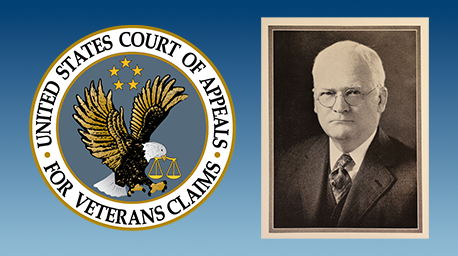
Featured Stories
A Brief History of the Board of Veterans’ Appeals
On July 28, 1933, President Franklin Delano Roosevelt signed Executive Order 6230 creating the Board of Veterans’ Appeals (BVA). The BVA was created as part of the Veterans Administration (VA), which had been established only three years earlier.
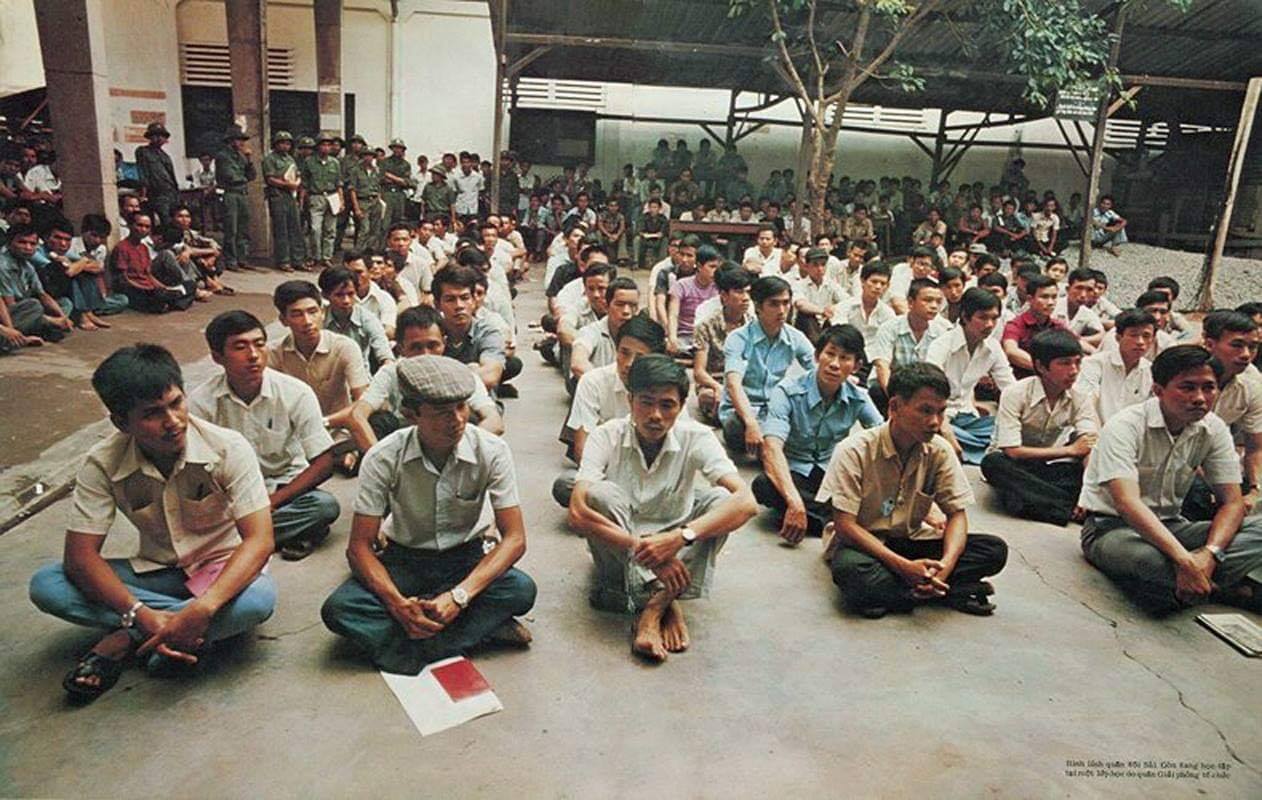
Featured Stories
The Fall of Saigon 1975: A South Vietnamese Military Physician Remembers
"There was chaos in the streets when I made my way to the hospital on the morning of April 30, 1975. In a place of order, there was now great confusion. The director and vice director of the hospital were gone, making me, the chief of medicine, the highest-ranking medical officer."



